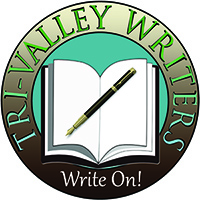 I just finished Lisa Cron’s Story Genius. It’s a fabulous book with some outstanding exercises, especially for finding the real starting point for your novel. I’ve started planning my next novel, exploring my characters, and collecting scenes that will help me find the right place to begin the story. My revelation for this blog, however, is about ending the story.
I just finished Lisa Cron’s Story Genius. It’s a fabulous book with some outstanding exercises, especially for finding the real starting point for your novel. I’ve started planning my next novel, exploring my characters, and collecting scenes that will help me find the right place to begin the story. My revelation for this blog, however, is about ending the story.
My critique groups all told me the ending to my next novel, The Chenille Ultimatum, was too abrupt. As much as I loathe the “and suddenly the crisis ended and they all lived happily ever after” style of denouements, I had to admit that I had done just that. Luckily, my co-author and I sat down to discuss the next book in the series, The Captain and Chenille, and it became clear that I could solve the problem with the ending to one book and give the plot to the next a big boost. What I needed to do was write beyond the end of Ultimatum and into the beginning (or at least the outline) of Captain.
The validity of this approach was confirmed when I showed my critique groups a new short story. As I wrote it, I thought of how it could be expanded into a novel. I wrote the short story as if I really intended to turn it into a novel. Suddenly my protagonist had more depth, her world had more breadth, and the solution to the problem posed in the first paragraph of the story became the seed of the problem that would be addressed in the novel.
Whether I get to that novel or not, I recognize the value of writing my endings as if the characters had another tomorrow.


Great idea, especially when writing a series. I can see the value of using this technique for short stories as well.